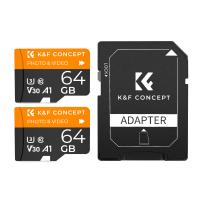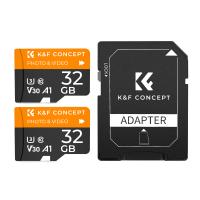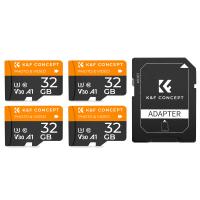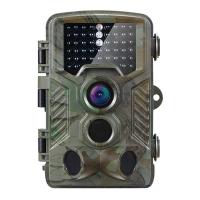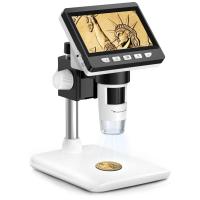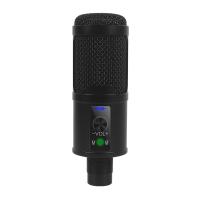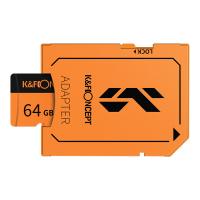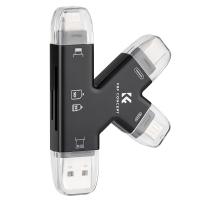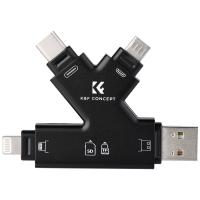How To Make A Sd Card Internal Storage?
In today's digital age, the need for more storage space on our devices is ever-increasing. Whether it's for storing photos, videos, apps, or other data, running out of internal storage can be a significant inconvenience. One effective solution to this problem is to use an SD card as internal storage. This method can help expand your device's storage capacity without the need to purchase a new device. In this article, we will explore the steps to make an SD card internal storage, the benefits and drawbacks of doing so, and some practical tips to ensure a smooth transition.
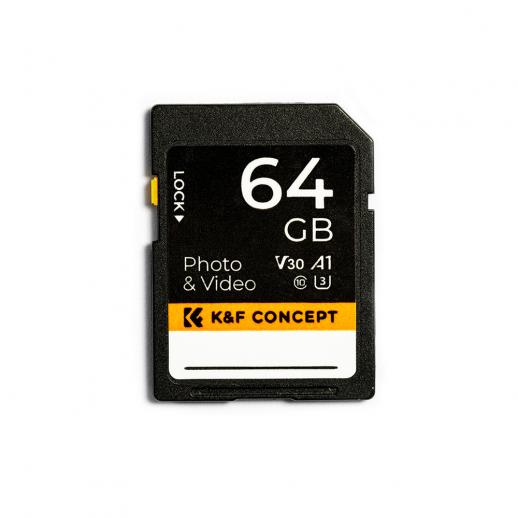
Understanding the Basics
Before diving into the steps, it's essential to understand what it means to use an SD card as internal storage. Typically, SD cards are used as external storage, meaning they can be removed and used in other devices. However, when you format an SD card as internal storage, it becomes an integral part of your device's storage system. This means the SD card will be encrypted and can only be used with the device it was formatted on. This process is also known as "adoptable storage."
Benefits of Using an SD Card as Internal Storage
1. Increased Storage Capacity: The most obvious benefit is the increase in storage space. This is particularly useful for devices with limited internal storage.
2. Cost-Effective: SD cards are generally cheaper than upgrading to a device with more internal storage.
3. Flexibility: You can choose the size of the SD card based on your needs, allowing for a customizable storage solution.
Drawbacks to Consider
1. Performance Issues: Not all SD cards are created equal. Using a low-quality SD card can result in slower performance.
2. Data Loss Risk: If the SD card fails, you could lose all the data stored on it.
3. Device Compatibility: Not all devices support the use of SD cards as internal storage. It's essential to check your device's specifications before proceeding.
Steps to Make an SD Card Internal Storage
Step 1: Choose the Right SD Card
The first step is to choose an SD card that is compatible with your device and meets your storage needs. Look for high-speed SD cards (Class 10 or UHS-I) to ensure optimal performance.
Step 2: Backup Your Data
Before proceeding, it's crucial to back up any data on the SD card, as the formatting process will erase all existing data.
Step 3: Insert the SD Card
Insert the SD card into your device's SD card slot. Ensure it is properly seated to avoid any connection issues.
Step 4: Format the SD Card as Internal Storage
1. Open Settings: Navigate to your device's settings menu.
2. Storage: Find the storage option, which is usually under "Device Maintenance" or "Device Care."
3. SD Card: Select the SD card and choose the option to format it as internal storage.
4. Confirm: Follow the on-screen instructions to complete the formatting process. This will include a warning that all data on the SD card will be erased.
Step 5: Move Data to the SD Card
Once the SD card is formatted as internal storage, you can move existing data and apps to the SD card to free up internal storage space. This can usually be done through the storage settings menu.
Practical Tips for Using SD Card as Internal Storage
1. Regular Backups: Regularly back up your data to avoid losing important information in case the SD card fails.
2. Monitor Performance: Keep an eye on your device's performance. If you notice any lag or slowdowns, consider upgrading to a higher-quality SD card.
3. Avoid Frequent Removal: Since the SD card is now part of your device's internal storage, avoid removing it frequently to prevent data corruption.
4. Use Trusted Brands: Invest in SD cards from reputable brands to ensure reliability and longevity.
Troubleshooting Common Issues
Issue 1: Device Not Recognizing SD Card
If your device does not recognize the SD card, try the following steps:
- Reinsert the SD card to ensure it is properly seated.
- Restart your device.
- Check if the SD card is compatible with your device.
Issue 2: Slow Performance
If you experience slow performance, it could be due to a low-quality SD card. Consider upgrading to a high-speed SD card to improve performance.
Issue 3: Data Corruption
Data corruption can occur if the SD card is removed improperly or if the card is of low quality. Regular backups can help mitigate the risk of data loss.
Using an SD card as internal storage is a practical solution for expanding your device's storage capacity. While there are some drawbacks to consider, the benefits often outweigh the risks, especially if you choose a high-quality SD card and follow best practices. By understanding the steps involved and taking the necessary precautions, you can effectively increase your device's storage space and enjoy a more seamless user experience.
In summary, making an SD card internal storage involves choosing the right SD card, backing up your data, formatting the SD card as internal storage, and moving data to the SD card. By following these steps and keeping practical tips in mind, you can enhance your device's storage capacity and performance.

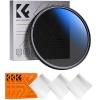

![[4X Optical Zoom] Recharge power Security Camera PTZ Outdoor for Home Security with Human Detection Auto Tracking-UK Standard [4X Optical Zoom] Recharge power Security Camera PTZ Outdoor for Home Security with Human Detection Auto Tracking-UK Standard](https://img.kentfaith.com/cache/catalog/products/us/KF50.0003/KF50.0003-1-200x200.jpg)



